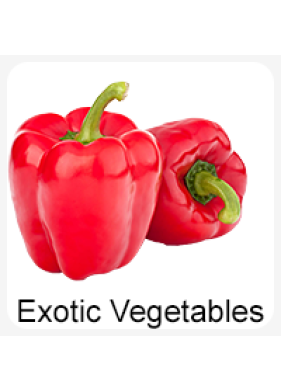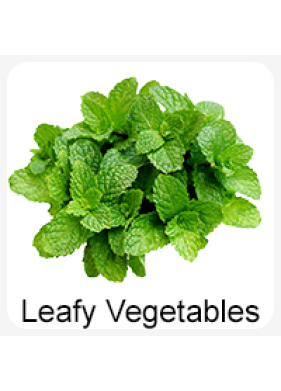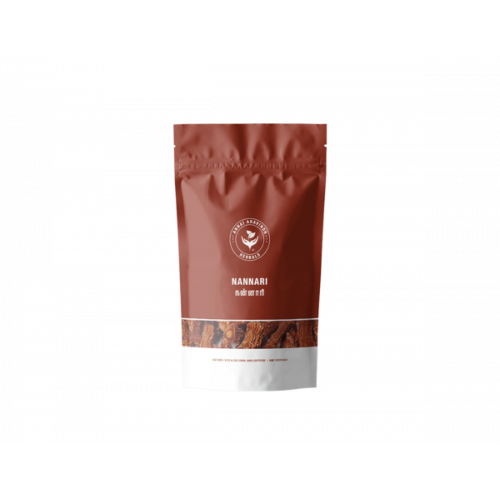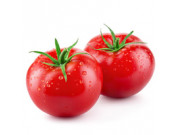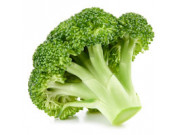Hemidesmus indicus, Indian sarsaparilla Hindi: anantamul or anant bel ((Tamil: "nannari" "nannetti", Telugu: Malayalam: Kannada: Haaluballi, Kshirini, Karala,Punjabi),(sinhala: Iramusu)) is a types of plant that is tracked down in South Asia. It is a slim, laticiferous, twining, once in a while prostrate or semi-erect bush. Roots are woody and sweet-smelling. The stem is various, slim, terete, thickened at the hubs. The leaves are inverse, short-petioled, truly factor, elliptic-oval to direct lanceolate. The blossoms are greenish outside, purplish inside, swarmed in sub-sessile axillary cymes. It happens over most of India, from the upper Gangetic plain eastwards to Assam and in certain spots in focal, western and South India. Hemidesmus indicus is utilized to make refreshments and furthermore utilized in customary medication. In Ayurveda it goes by the name of Ananthamoola , additionally referred to locally in Southern India as naruneendi or nannari, (Sanskrit meaning: unending root). It is otherwise called anant vel/maeen mool in Marathi. In southern territories of India (especially Tamil Nadu), Sarsaparilla/Nannari are called maahali or mahani kizhangu and in its salted structure is additionally served alongside rice dishes. It is additionally called the bogus Sarsaparilla/Nannari. It is controlled as powder, imbuement or decoction as syrup. It is one of the Rasayana plants of Ayurveda. It is now and then mistook for another Ayurvedic spice called white sariva. The alcoholic concentrate of Hemidesmus indicusR.Br. has a huge antinociceptive activity.The extricates from the root are utilized in syrup with sugar and a hint of lemon (Sharbat) and served all things considered little reward shops in South India.
Sarsaparilla/Nannari is a plant. The root is utilized to make medication. Hemidesmus indicus is utilized to make refreshments and furthermore utilized in conventional medication. The concentrates from the root are utilized as a coolant and a blood-purifier and furthermore utilized in numerous different structures, particularly as reviving syrup with sugar and a smidgen of lemon. It is accepted that the concentrates from this root assist in expanding semen with counting, sanitizing blood and killing toxic substance. Sarsaparilla/Nannari fills in as a diuretic and emetic, and has mitigating properties..Some exploratory examinations have shown the useful impact of the concentrate of this root. Sarsaparilla/Nannari is utilized for treating psoriasis and other skin infections, rheumatoid joint pain (RA), and kidney sickness; for expanding pee to diminish liquid maintenance; and for expanding perspiring. Sarsaparilla/Nannari is likewise utilized alongside customary medications for treating uncleanliness and for syphilis. Competitors once in a while use Sarsaparilla/Nannari as a steroid for execution improvement or lifting weights. Some enhancement creators guarantee that synthetic substances (sterols) in Sarsaparilla/Nannari can be switched over completely to anabolic steroids like testosterone. Yet, this is a misleading case. The sterols contained in Sarsaparilla/Nannari are not anabolic steroids nor are they switched in the body over completely to anabolic steroids. Testosterone has never been recognized in any plant, including Sarsaparilla/Nannari. Mexican and Honduran Sarsaparilla/Nannari are utilized for treating gonorrhea, fevers, and stomach related disorders.Sarsaparilla/Nannari is a plant, which trails on the ground and moves through ringlets filling two by two from the petioles of the substitute, orbicular to praise, evergreen leaves. The plant rises out of a long, tuberous rootstock, and can arrive at up to 1-3 m. The hindi name Anantamool in a real sense implies, perpetual root. The little, greenish blossoms fill in helper umbels. The blossom cymes are stalkless. Blossoms have 5 petals, greenish outwardly and purple to yellowish orange within. The blossom petals are meaty, commonplace of the Oleander family to which it has a place. Presently the Oleander family has been consolidated in the Oleander family. Unconfirmed data It is one of the Rasayana plants of Ayurveda, as it is anabolic in its impact. It is utilized for venereal illnesses, herpes, skin sicknesses, joint inflammation, ailment, gout, epilepsy, craziness, constant apprehensive infections, stomach expansion, digestive gas, weakness, barrenness and turbid pee.











